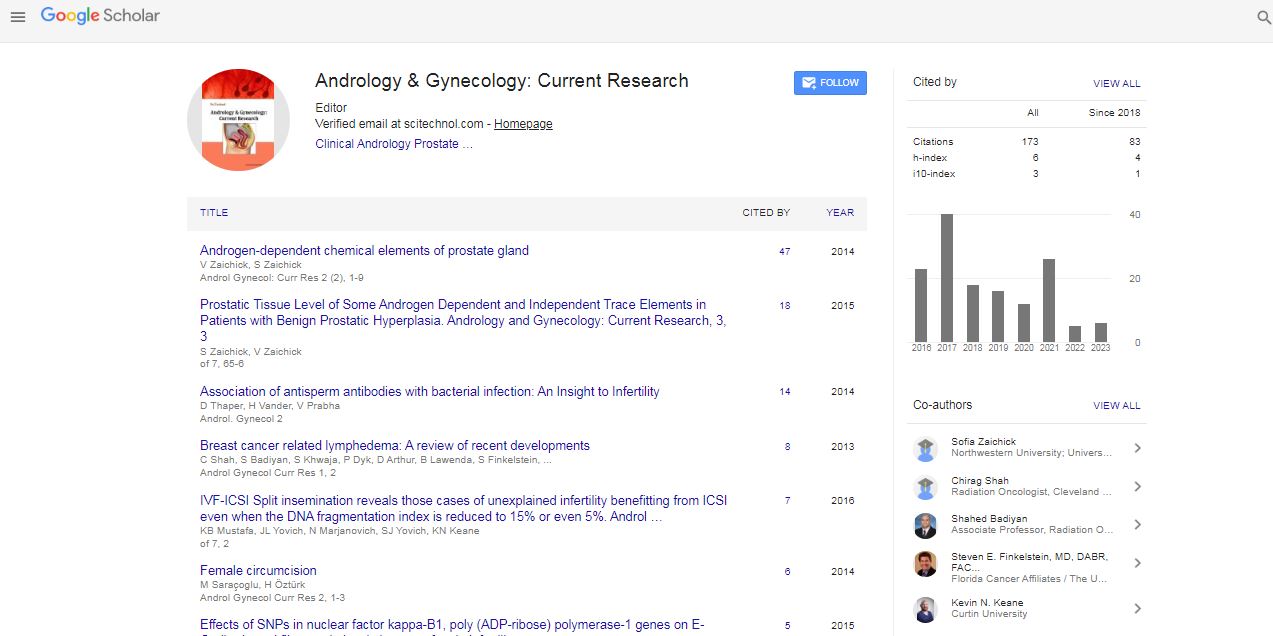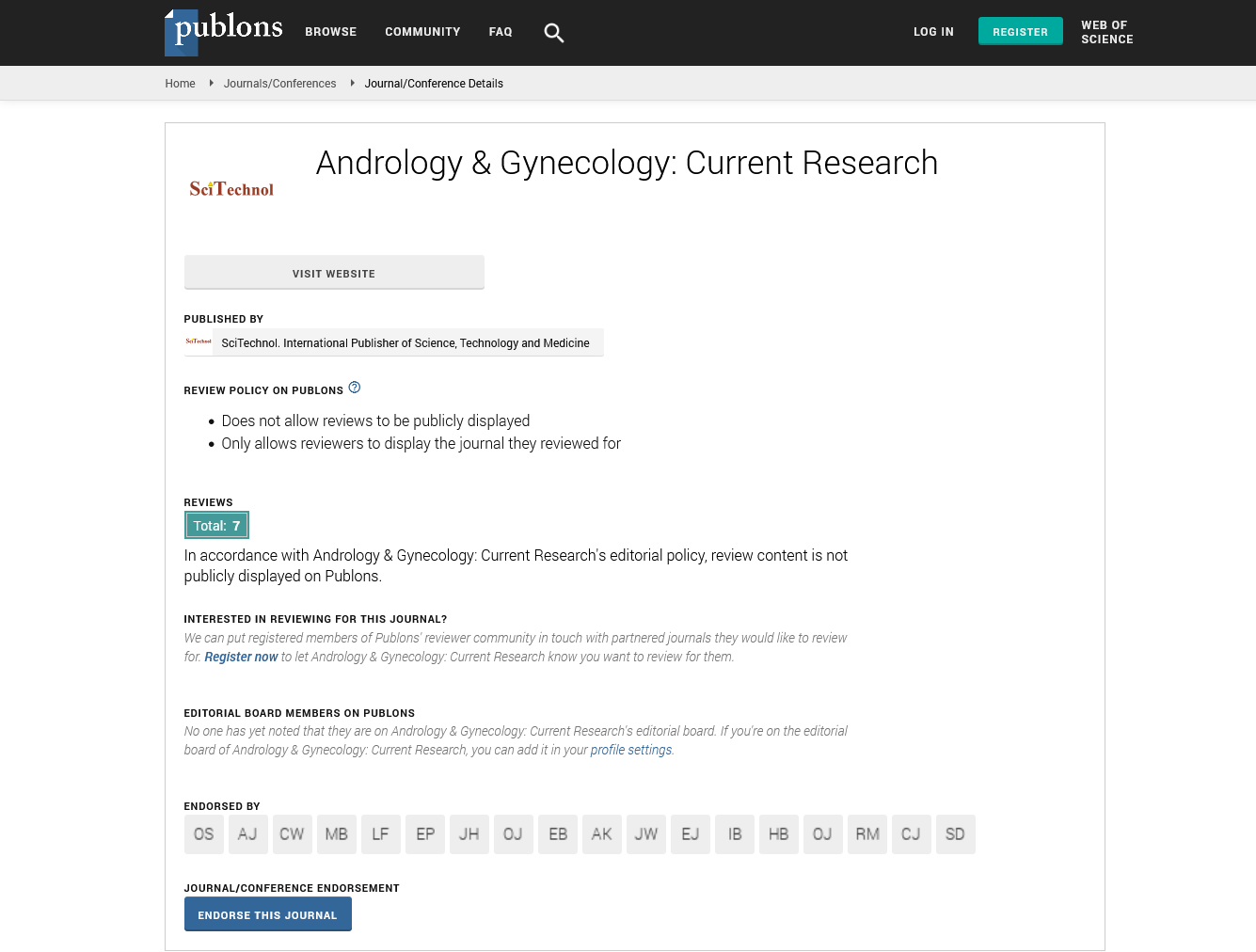Review Article, Androl Gynecol Curr Res Vol: 1 Issue: 2
Breast Cancer Related Lymphedema: A Review of Recent Developments
| Chirag Shah1, Shahed Badiyan1, Shariq Khwaja1, Pawel Dyk1, Douglas Arthur2, Brian Lawenda3, Steven Finkelstein4 and Frank Vicini5* |
| 1Department of Radiation Oncology, Washington University School of Medicine, Saint Louis, Missouri, USA |
| 2Department of Radiation Oncology, Virginia Commonwealth University, Virginia, USA |
| 321st Century Oncology, Las Vegas, Nevada, USA |
| 421st Century Oncology, Scottsdale, Arizona, USA |
| 5Michigan Healthcare Professionals/21st Century Oncology, Farmington Hills, Michigan, USA |
| Corresponding author : Frank A. Vicini, MD, FACR Michigan Health Care Professionals/21st Century Oncology, 28595 Orchard Lake Rd, Farmington Hills, Michigan 48334, USA Tel: 248-994-0632; Fax: 248-553-7674; E-mail: fvicini@rtsx.com |
| Received: January 02, 2013 Accepted: March 19, 2013 Published: March 25, 2013 |
| Citation: Shah C, Badiyan S, Khwaja S, Dyk P, Arthur D, et al. (2013) Breast Cancer Related Lymphedema: A Review of Recent Developments. Androl Gynecol: Curr Res 1:2. doi:10.4172/2327-4360.1000102 |
Abstract
Breast Cancer Related Lymphedema: A Review of Recent Developments
With improved methods of detection and advancing treatment paradigms, breast cancer outcomes continue to improve. Along with this improved survivorship, an increased focus on long term sequelae of treatment must occur. Breast cancer related lymphedema (BCRL) represents one of the most frequently recognized complications following breast cancer treatment and has been found to be associated with the extent of locoregional therapy. With regards to incidence rates, several randomized trials have found that with utilization of less aggressive axillary staging (i.e., sentinel lymph node biopsies), that rates of BCRL are reduced compared with axillary lymph node dissections.
 Spanish
Spanish  Chinese
Chinese  Russian
Russian  German
German  French
French  Japanese
Japanese  Portuguese
Portuguese  Hindi
Hindi 


